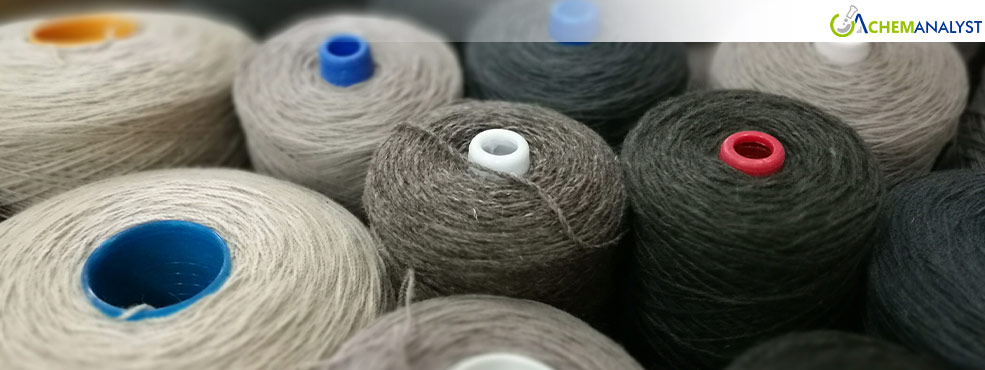Global PFY Market Sees Price Erosion Due to Cautious Buying and Oversupply
- 03-Apr-2025 6:30 PM
- Journalist: Shiba Teramoto
In the latter half of March 2025, Polyester Filament Yarn (PFY) prices were under bearish in China, Germany, and the United States as global market fundamentals weakened. Over-supply, cautious sentiment in demand, and overall economic problems stretched price actions, leading to bearish sentiment on major markets.
In China, PFY prices were capped by oversupply outpacing demand as factories ran high running rates and stockpiles climbed. Although feedstock PTA prices did increase, poor cost transmission and an oversupplied market negated the potential for supporting prices.
Downstream buyers remained cautious, making minimal purchases only to fulfil near-term requirements anticipating further feedstock price decreases. In addition, fabric mills and PFY plants started limiting run rates in order to alleviate pressure on inventory, reflecting continued weakness in the market. Decline in export demand, along with geopolitical tensions, further reduced consumption in the textile market, leaving minimal room for any imminent relief in prices.
Similarly, Germany also experienced a sharp decline in PFY prices, reversing the relative stability seen earlier. Availability of competitively priced imports from Asia mounted supply-side pressure, accompanied by a 4% fall in Drewry's global freight rate index, which reduced the cost of logistics and increased competition for domestic manufacturers.
Demand for PFY was still muted, being depressed by high borrowing rates and macroeconomic uncertainty that restrained major downstream sectors, notably textiles. Weaker overall industrial activity and weak consumer confidence further limited speculative purchases, further contributing to overall weak market sentiment.
While in case of American market, as domestic demand tightened in the face of growing stagflation concerns and policy uncertainty, PFY prices in the US fell sharply. The primary drag was the decline in consumer confidence brought on by fear of prolonged inflation and stalled wage growth, even as competitively priced imports from Asia helped to increase supply aided by falling global freight costs.
The Trump administration's changing trade policies caused uncertainty regarding import plans and long-term strategy, which caused downstream industries—particularly textiles—to postpone purchase commitments. Meanwhile, softer-than-expected spring season orders put increasing pressure on local PFY manufacturers due to inventory overhangs.
As per ChemAnalyst, China's PFY market will remain under pressure unless producers further reduce output to balance the supply with demand. In Germany, sluggish industrial growth and elevated borrowing costs are poised to continue limiting consumption, and any pickup will depend on the stabilization of macroeconomics. The U.S. PFY market will remain subject to headwinds from economic uncertainty, with pricing linked strongly to consumer sentiment and potential shifts in trade policy.



